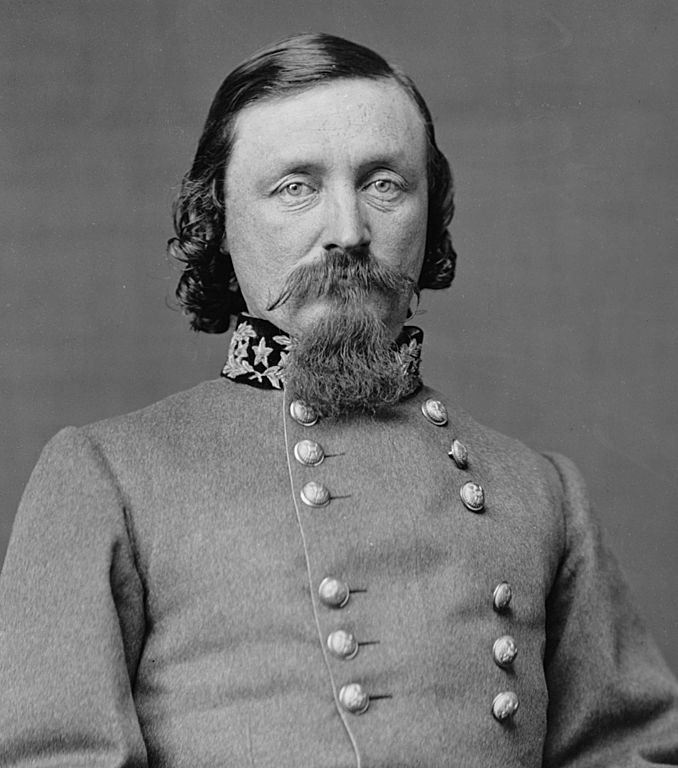
ADVERTISEMENT - CONTINUE READING BELOW
19. The Americans sent a small military force to San Juan
American authority in the Department of Oregon rested with Brigadier General William S. Harney, a Tennessean who had once been accused of beating a female slave to death with his cane (he was acquitted). The Pig War became just one more of several instances of questionable judgment exhibited during Harney’s career. In response to the American settlers’ request for protection, Harney dispatched a military force of infantry and artillery under Captain George Pickett to San Juan, with orders for them to prevent the British from landing troops on the island. The bellicose Pickett announced the Americans would fight if the British landed. The British responded by sending three men-of-war to the region, which landed marines on the north end of the island. Americans maintained a camp on the south end. By mid-August, 1859, nearly five hundred Americans confronted five British warships and well over 2,000 men.
Harney’s British counterpart, Royal Navy Admiral Robert Baynes, received orders from the British Governor of Vancouver to attack the Americans and drive them from the islands. Baynes had the common sense to ignore them, considering a war between the US and Great Britain over the disposition of a pig ridiculous. The British and American troops on the island were told not to provoke an attack, but both sides were prepared to defend themselves if the other fired upon them. American and British authorities in their respective capitals were stunned when they learned of the explosive situation; both dispatched emissaries to resolve the standoff peaceably. President James Buchanan sent General Winfield Scott to the scene to negotiate with the British Governor of Vancouver, James Douglas. Scott and Douglas began meeting in October to hammer out a resolution of the crisis.

